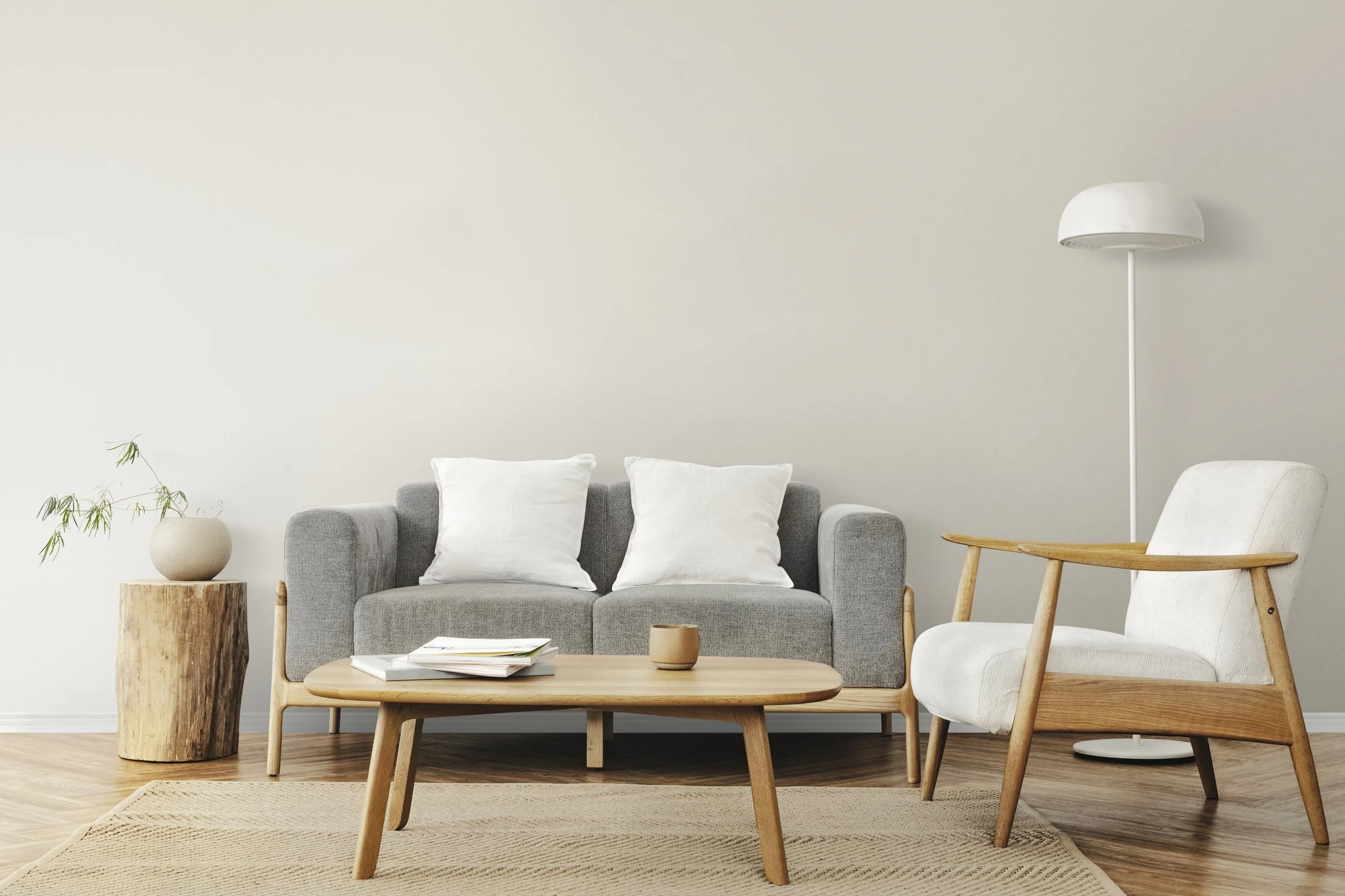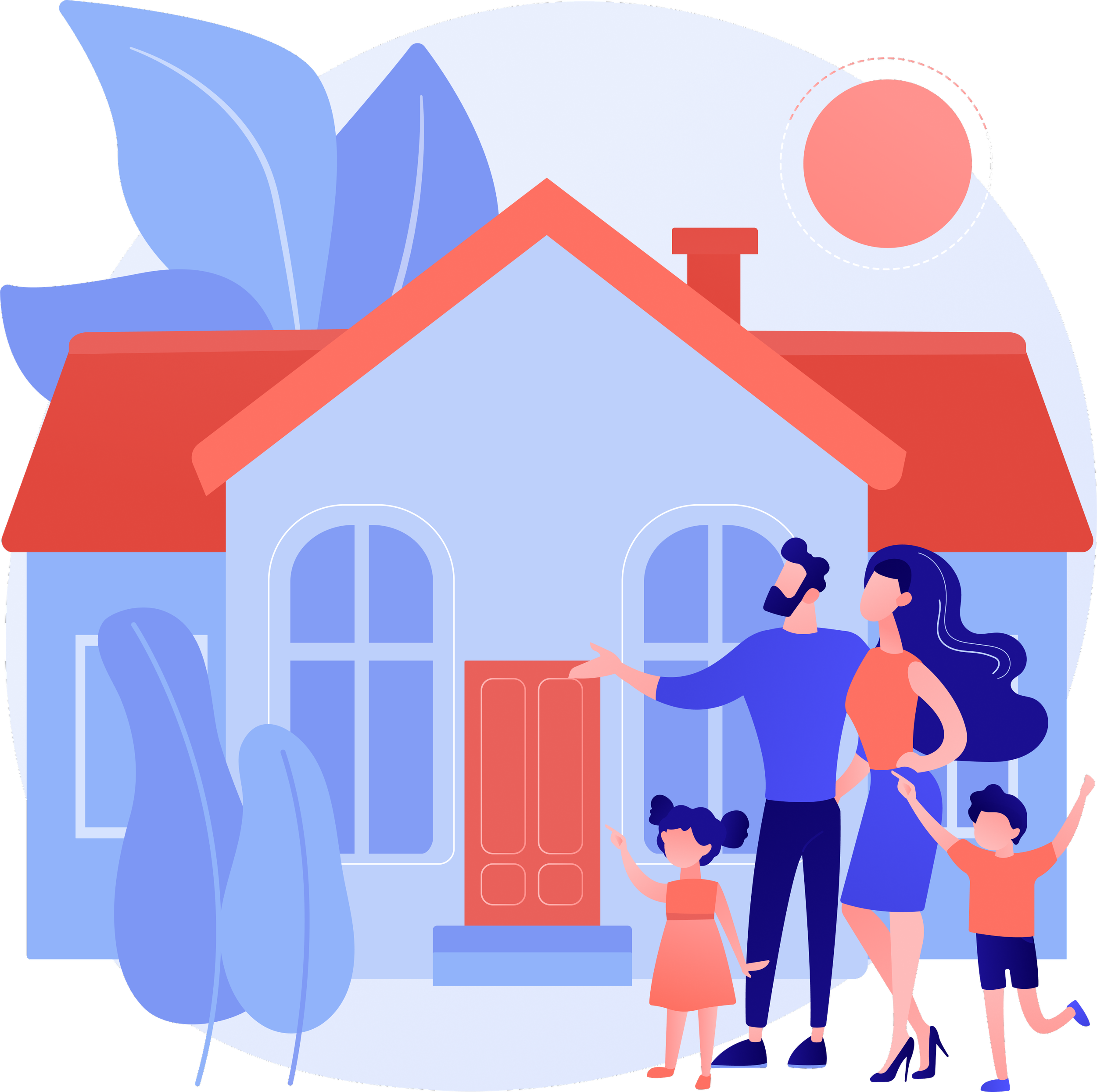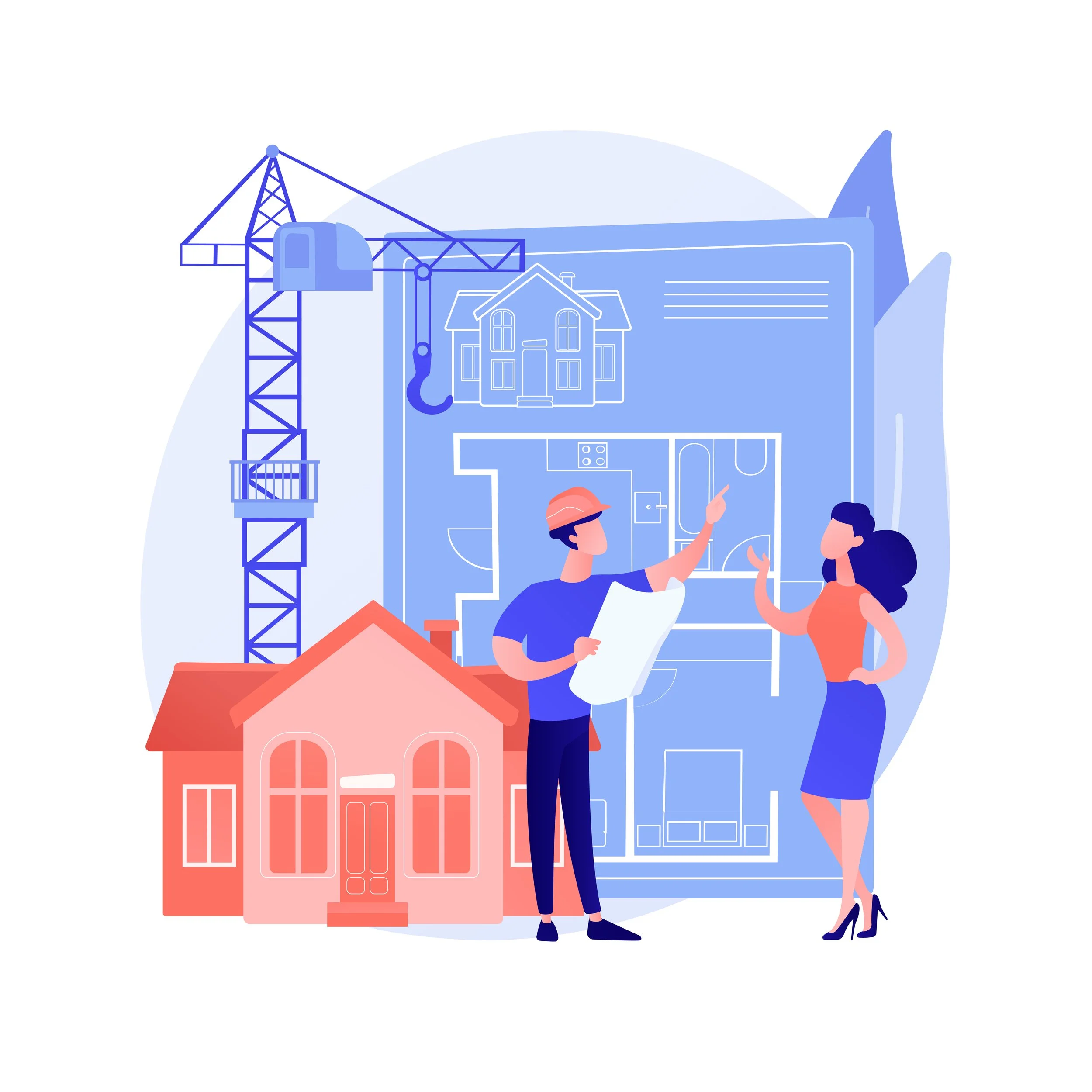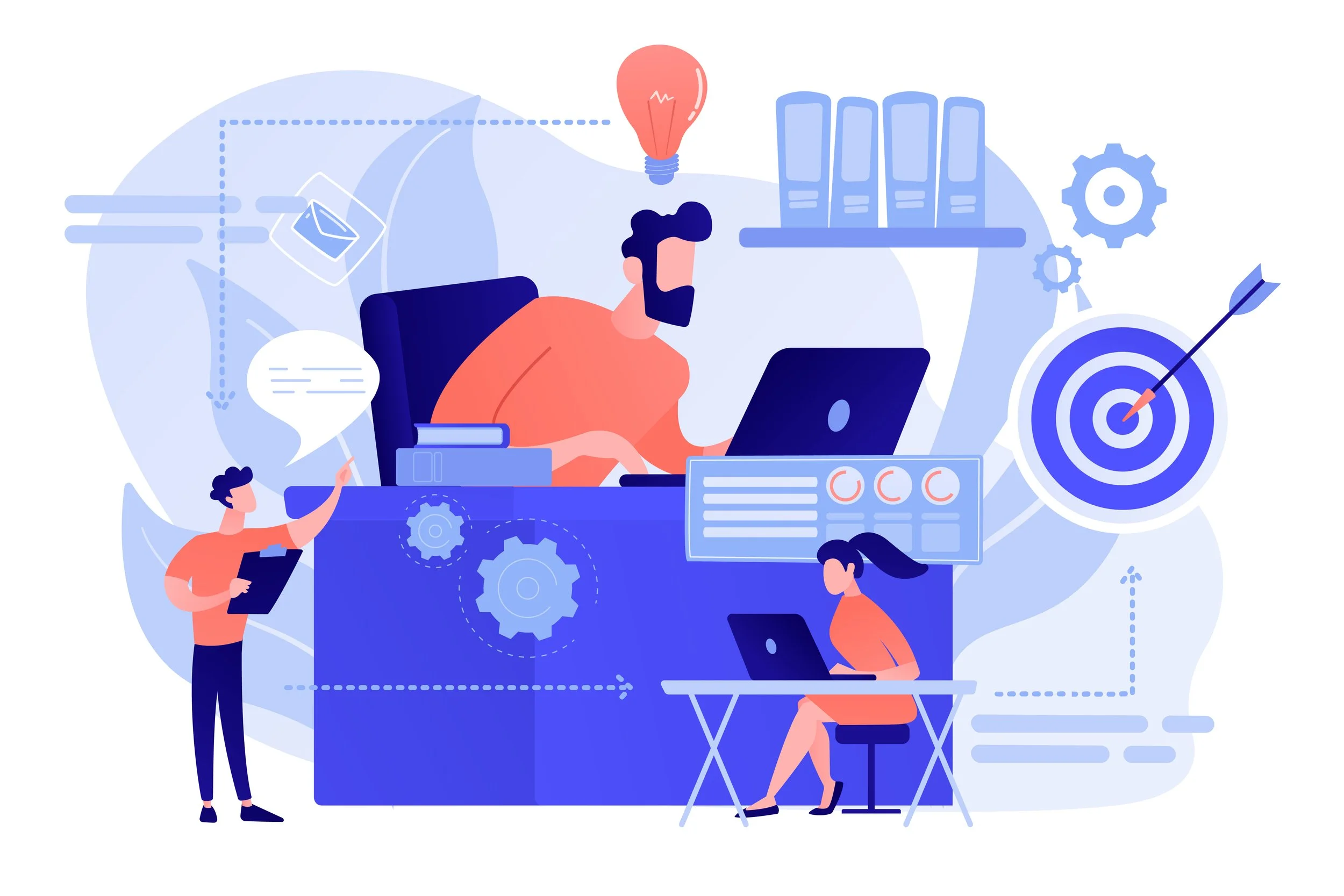
BUYER PERSONA GUIDE
Who Buys Your Furniture and How to Sell to Them Online
Understand how your B2C and B2B buyers research, evaluate, and buy furniture.
Selling customizable furniture means dealing with very different buyers, each with unique priorities and drop-off points.
This guide explores three key personas: Homeowners, Architects, and Operations Managers
Age: 30-55
Household: lives with partner and/or children
Income Level: Mid-to-upper income
"I don’t want to guess what it’s going to look like in my living room. I want to see it, tweak it, and know exactly what I’m getting before I spend that kind of money."
Home Owner Buyer Persona Overview
-
Emotionally driven but budget-conscious. Seek validation from partner.
-
2–6 weeks from research to purchase.
-
New home, family growth, renovation project, or replacing outdated furniture.
Buying Behavior & Style
-
Mobile/tablet for inspiration; desktop or laptop for configuration.
-
Pinterest, Instagram, YouTube, interior design blogs.
-
Shares product links with partner or family. Often seeks advice in Facebook groups or from friends who recently furnished.
Digital Habits & Research
Product Expectations
-
Expects flexibility in dimensions, layout, and components (e.g. left/right modules, shelf heights).
-
Wants clear, upfront understanding of design, materials, dimensions, and price
-
Afraid the final product will look different than expected or won’t fit properly.
Home Owners By the Numbers
of consumers shopping for furniture begin the process online.
Source: PGM
Take Away: Most brands still treat websites like brochures. Your digital experience should sell like your best salesperson, not list like your print catalog.
of customers prefer to buy from brands that offer product customization.
Source: Furniture Today
Take Away: If a homeowner can’t immediately understand how to customize your product, they’ll assume it’s not customizable. And go to a competitor who shows it clearly and visually .
The home Owner’s Buying Journey Stages
Quick Recap
Clearly show that the product is customizable from the start.
Use interactive visuals (e.g. 3D) to let users explore and tweak in real time.
Allow flexible configuration of layout, dimensions, and components.
Display dimensions, material options, and price updates instantly.
Enable saving and sharing configurations for partner/family feedback.
If the product feels vague or inflexible, they’ll bounce fast.
Age: 28–50
Work Style: Independent, agency, or in-house
Clients: Homeowners, real estate developers, boutique commercial spaces
"I need furniture that fits my client’s space, aligns with their vision, and is easy to pitch visually. It has to be customizable, stylish, and functional."
Architect Buyer Persona Overview
-
Practical and time-sensitive. Driven by project needs and client approval cycles, not by emotion.
-
1-3 months from research to final purchase, depending on project scale and complexity.
-
Starts during early design phases (SD/DD) when furniture must align with layout, materials, and concept. Often driven by project type or client brand standards.
Buying Behavior & Style
-
Primarily desktop for research and proposals, tablet/mobile for client presentations and quick updates.
-
Behance, vendor websites, digital trade catalogs, architecture & design platforms (e.g. Architonic, ArchDaily).
-
Coordinates with project managers, engineers, and procurement teams. Products must meet compliance and integrate with building systems.
Digital Habits & Research
-
Must be able to change layout, materials, finishes, dimensions. Needs repeatable configurations for multi-room or multi-unit projects.
-
Budget-conscious, but prioritizes quality, fit, and functionality. Needs easy delivery and on-time installation.
-
Risk of spec rejection due to lack of certifications, unclear dimensions, or integration issues. Needs full tech documentation and long-term product availability.
Product Expectations
Architects By the Numbers
of architects rely on the internet as a top information source.
Source: USP Research
Take Away: Ensure your products are easily discoverable online and provide detailed, accessible information to meet architects' digital research needs.
of architects are responsible for finding new products used in a building project.
Source: Construct Connect
Take Away: Architects play a central role in specifying products for projects. To influence their decisions, provide clear information, including technical specifications and case studies.
The Architects’s Buying Journey Stages
Quick Recap
Provide downloadable CAD/Revit files, 2D/3D assets, and material specs.
Clearly explain how modules can be combined or adapted to different spaces.
Support quick creation and comparison of product versions for client approval.
Offer presentation-ready visuals and finish previews.
Ensure configurations can be reused across rooms or projects.
If it’s not easy to spec and present, it won’t make it into the project.
Age: 35–60
Work Context: In-house at corporations, hospitality groups, healthcare, or public sector
Responsibility: Furnishing and upgrading spaces across departments, sites, or buildings
“I need furniture that performs under pressure. Aesthetics matter, but what matters more is that it works, ships on time, and can be reordered anytime.”
Operations Manager Buyer Persona Overview
-
Practical and operations-focused. Chooses modular systems that can be tailored to each site while staying consistent and easy to manage across rollouts.
-
3–6 weeks from decision to order. Often tied to opening dates, maintenance windows, or rollout schedules.
-
Triggered by relocations, site upgrades, layout changes, or compliance requirements.
Buying Behavior & Style
-
Desktop for sourcing and procurement; occasionally tablet on-site for install checks or walkthroughs.
-
Supplier websites, procurement platforms, internal vendor lists, and direct rep contact.
-
Works with procurement, maintenance, and PM teams. Decisions may reflect feedback from end users (staff, departments).
Digital Habits & Research
Product Expectations
-
Needs the ability to adjust dimensions, components, or finishes to fit each space, But wants those setups to be easy to reorder or replicate later.
-
Predictable delivery, clear install process, product longevity, and vendor support throughout the lifecycle.
-
Delays, unclear install steps, mismatched components, or inability to reorder matching items in future phases.
Operations Managers By the Numbers
of interactions between suppliers and buyers occur in digital channels.
Source: Gartner
Take Away: Invest in digital sales tools to create seamless, high-touch virtual buying experiences that drive long-term buyer loyalty.
of B2B buyers have their vendor shortlist before starting research
Source: 6 Sense
Take Away: Get on the shortlist by having clear product information and strong brand presence available upfront online.
The Operations Manager Buying Journey Stages
Quick Recap
Show how the product works in real-world functional layouts (e.g. shared offices).
Clearly define what can be configured and how parts fit together.
Offer documentation for internal review (images, part lists, installation info).
Make it easy to recreate and reorder the same configuration later.
Support rollouts by showing use-case examples, not just generic product info.
If they can’t plan it, scale it, and install it without issues, they won’t buy it
Conclusion: What Furniture Manufacturers
Should Take Away
Know Your Buyer Needs
A homeowner who needs to visualize and share before committing.
An architect who needs specs and flexibility.
An operations manager who needs consistency across spaces.
How Salsita Can Help
Salsita builds custom 3D furniture configurators that support real buying behavior. We help you turn complex furniture into intuitive, visual online experiences. So every buyer can explore, understand, and buy with confidence.
What to Do Next
Show customization visually and early
Let users explore layouts, finishes, and sizes
Provide the right content for each buyer type
Make it easy to save, share, and return to configurations









